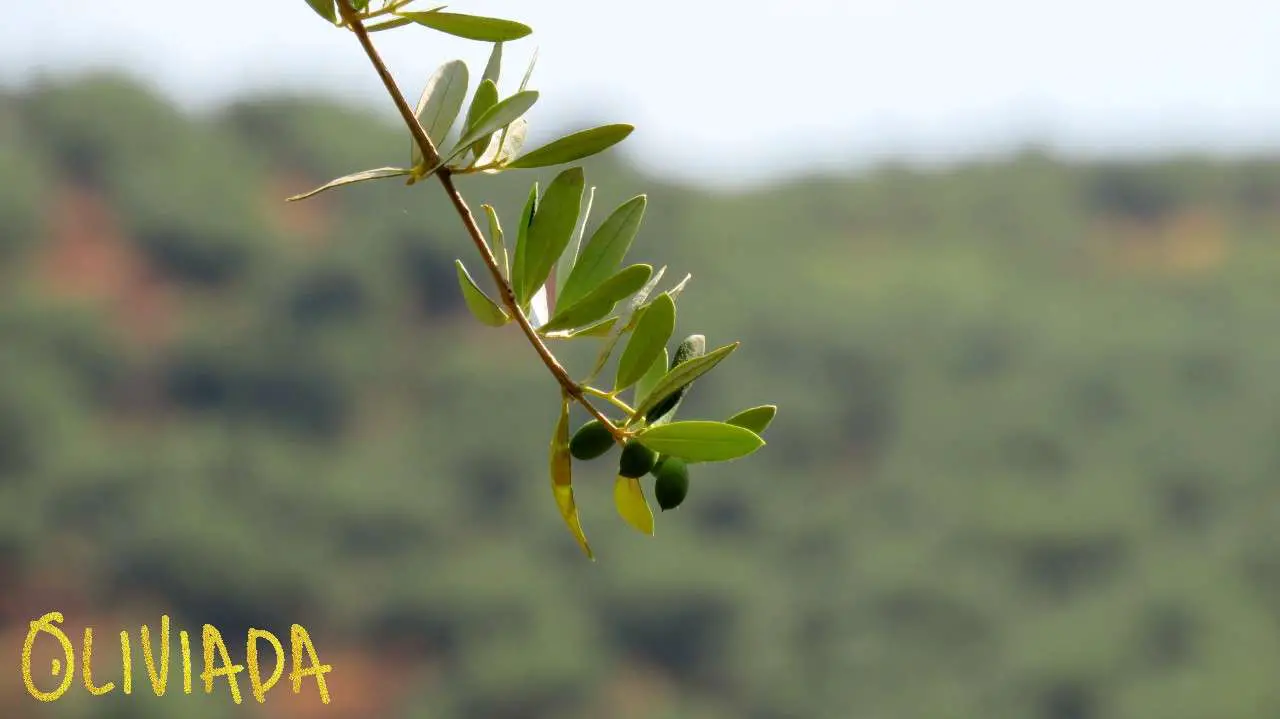If you’re a proud olive tree owner, you know how important it is to be prepared for any issues that may arise. After all, nurturing these trees requires time and effort. One common problem you may encounter is olive tree leaves turning brown. In this article, we will delve into the possible causes behind this issue and provide you with effective solutions to treat and prevent it.
I. Why Are My Olive Tree Leaves Turning Brown & How to Treat it?
Olive tree leaves can turn brown due to various reasons, including overwatering, poor drainage, overfertilizing, or distress. Additionally, olive peacock spots, verticillium wilt, pests, or diseases can also cause a change in leaf color. Although you cannot revive dead tip cells, there are methods to restore the overall health of your olive tree.
1. Natural Leaf Shedding
Before we explore potential problems, it’s important to note that not all leaf browning is cause for concern. During seasonal changes, olive trees naturally shed some leaves, especially in late fall and winter. This shedding is an adaptive mechanism designed to conserve energy and adjust to the changing environment. So, if you notice some browning leaves during these periods, there’s no need to panic.
2. Overfertilizing
Overfertilizing can lead to brown tips on olive tree leaves. Excessive nutrients can overwhelm the roots, resulting in fertilizer burn and leaf drop. To address this issue, repot the tree if necessary, use less fertilizer according to recommended rates, test the soil’s nutrient levels, ensure proper watering, and adjust the fertilization plan accordingly.
3. Nutrient Deficiencies
Brown olive tree leaves may indicate nutrient deficiencies such as iron, manganese, or potassium. These vital nutrients are crucial for the tree’s overall health and proper growth. To tackle these deficiencies, conduct a soil test to determine nutrient levels, use a balanced, slow-release fertilizer formulated for olive trees, amend the soil with organic matter if needed, and apply nutrient-specific foliar sprays if severe deficiencies occur.
4. Watering Issues
Watering problems, including overwatering, underwatering, or poor drainage, can result in browning leaves. Overwatering can lead to root rot and fungal issues, while underwatering can cause leaf drooping and wilting. Improper drainage can also harm the tree’s health. To address these issues, establish a consistent watering routine, use well-draining soil, monitor soil moisture levels, and improve drainage if necessary.
5. Environmental Changes
Brown olive tree leaves can be a result of temperature extremes, wind damage, salt or chemical exposure, or transplanting distress. To minimize the effects of these environmental stressors, provide protection from extreme temperatures, use windbreaks, wash the tree to remove salt or chemical exposure, and take appropriate measures to reduce stress during transplanting. Adequate sunlight, consistent care, and maintenance are also crucial.
6. Pests or Insects Attack
Pests or insects, such as scale insects, olive fruit flies, or aphids, can harm olive trees and cause leaves to turn brown. Identifying the specific pest and treating it accordingly is important. Traps, physical removal, or natural predators can be effective methods to control pests. Additionally, maintaining sanitation and promptly removing fallen fruit can prevent infestations.
7. Diseases
Various diseases, such as peacock spots, verticillium wilt, anthracnose, olive knot, or bacterial leaf scorch, can turn olive tree leaves brown. Early detection, pruning infected parts, and applying appropriate treatments can help manage these diseases. Providing proper care, maintaining tree health, and implementing preventive measures can also reduce the risk of diseases.
II. Steps to Save Olive Tree Leaves Turning Brown
To address olive tree leaves turning brown, follow these steps:
- Inspect the root system for damage or stress.
- Assess soil quality and drainage.
- Examine roots for health and structure.
- Check for fertilizer residue or salt buildup.
- Ensure adequate sunlight.
- Establish a proper watering routine.
- Monitor for pests and diseases.
- Address environmental stressors.
- Provide proper care and maintenance.
- Be patient and allow time for recovery.
III. Prevention
Preventive measures can help maintain the health of olive tree leaves and prevent browning. Consider the following:
- Ensure proper care, including watering, soil quality, and pruning.
- Conduct regular soil tests to monitor nutrient levels and pH balance.
- Use a balanced, slow-release fertilizer formulated for olive trees.
- Explore organic alternatives, such as compost or aged manure.
- Implement regular pest control measures, including identification and monitoring.
- Consider biological controls or natural predators to manage pests.
- Follow good sanitation practices to prevent diseases.
- Adopt preventive measures, such as proper pruning and protective treatments.
IV. Items You May Need to Treat Your Olive Tree
To care for your olive tree, you may need the following items:
- Premium fertilizer for olives.
- Olive tree potting soil.
- Soil nutrient control kit.
- Moisture meter for watering.
- Organic neem oil for pest control.
- Pruning shears to cut diseased branches.
V. Frequently Asked Questions
Here are some commonly asked questions about olive tree leaves turning brown:
- How do I know if my olive tree is overwatered or underwatered?
- What are the signs of nutrient deficiencies in olive trees?
- How can I identify and control pests or diseases affecting my olive tree?
- Can environmental stressors, such as temperature extremes or wind damage, cause olive tree leaves to turn brown?
- What are the best preventive measures to keep olive tree leaves healthy?
VI. Final Thoughts
Olive tree leaves turning brown can indicate various issues, including nutrient deficiencies, improper watering, pests, diseases, or environmental stressors. By following the steps to identify and address these problems, providing proper care, and implementing preventive measures, you can help your olive tree regain its health and vibrancy. Remember to stay vigilant, seek expert advice when needed, and give your tree the time and attention it deserves.


